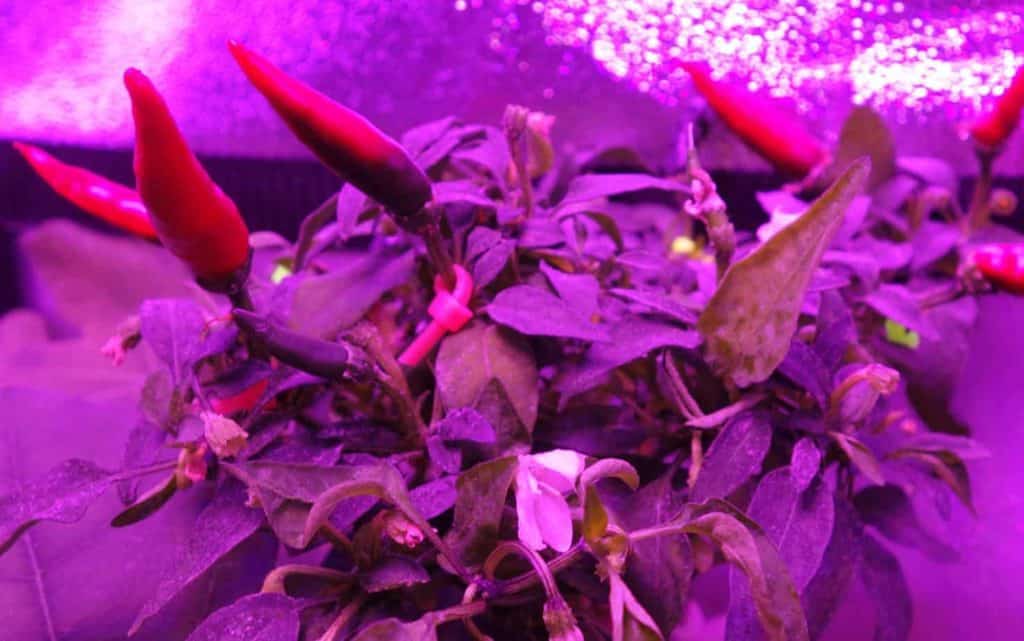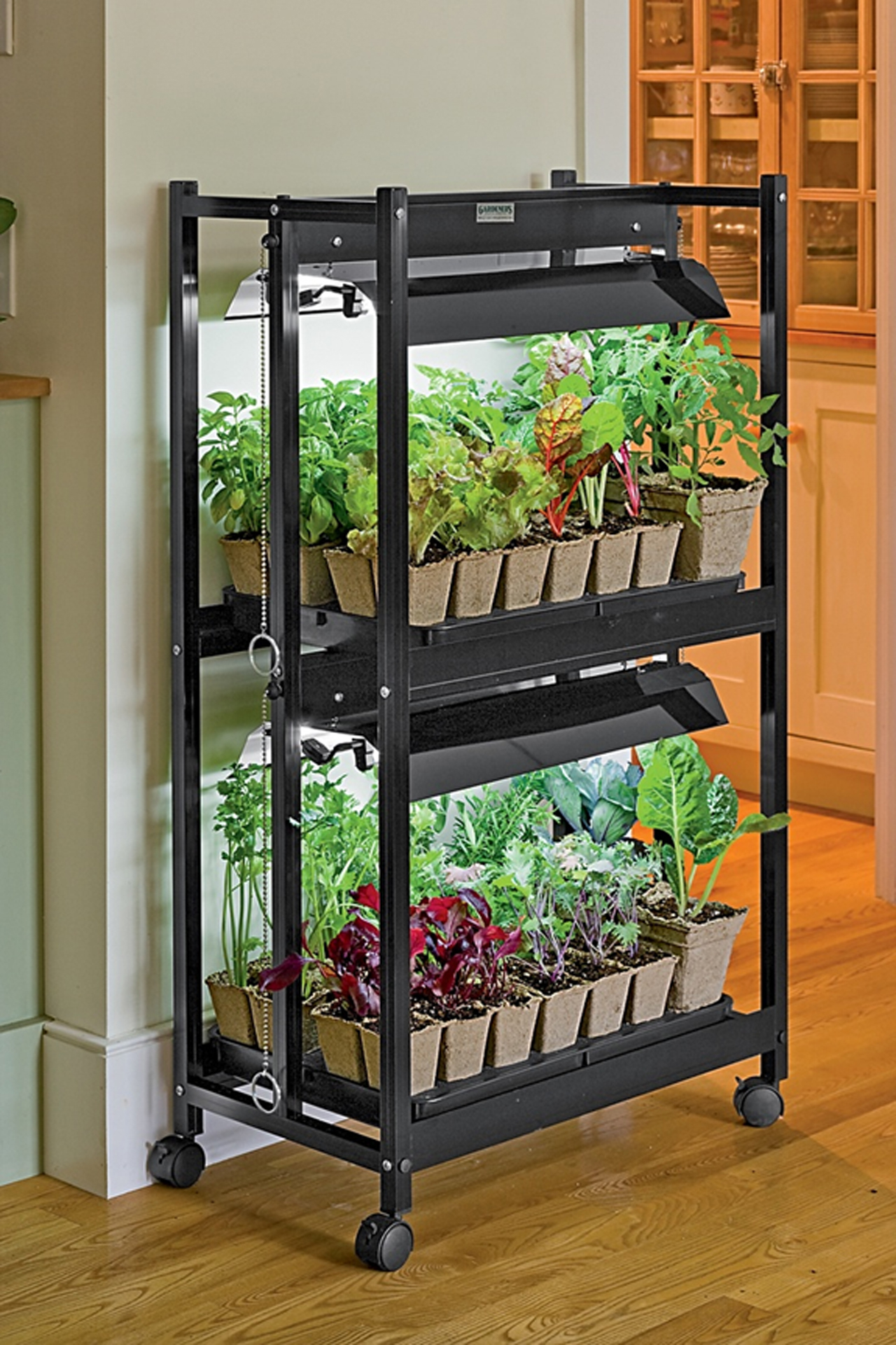How to Grow Peppers Indoors with Grow Lights

Are you an urban gardener looking to spice up your indoor vegetable gardening game? Growing peppers indoors with grow lights is a fantastic way to enjoy fresh, homegrown produce year-round. Imagine transforming your living space into a lush, edible oasis, with vibrant peppers adding a pop of color and a burst of flavor to your meals. Let's dive into the world of indoor pepper cultivation and explore how you can become a pro at growing these versatile plants under LED grow lights.
Understanding Indoor Pepper Cultivation
Before we get our hands dirty, it's essential to understand the basics of indoor plant care and pepper cultivation. Growing peppers indoors is similar to nurturing any other houseplant, but with the added benefit of a delicious harvest. With the right tools and knowledge, you can create an optimal environment for your peppers to thrive.
Choosing the Right Pepper Varieties
Not all peppers are created equal, especially when it comes to indoor cultivation. Some varieties are better suited for indoor growing due to their compact size and shorter growing season. Popular choices include:
- Bell peppers: Sweet and versatile, these are great for beginners.
- Jalapeños: A favorite among spicy food lovers, these peppers are relatively easy to grow.
- Habaneros: For those who like it hot, habaneros can be successfully grown indoors with proper care.
Essential Tools for Indoor Pepper Growing
To set yourself up for success, you'll need a few key tools:
- LED grow lights: These are the sun substitutes that will provide your peppers with the light they need to grow.
- Growing medium: A well-draining, nutrient-rich soil or hydroponic system will ensure your peppers have the foundation they need to thrive.
- Containers: Choose pots that are at least 5 gallons in size to give your peppers ample room to grow.
- Thermometer and hygrometer: These tools will help you monitor temperature and humidity levels, ensuring optimal growing conditions.
Setting Up Your Indoor Garden
Now that you have the basics down, let's set up your indoor garden. Think of it as creating a mini greenhouse within your home.
Selecting the Perfect Location
Choose a spot in your home that is consistently warm and has access to an electrical outlet for your grow lights. A spare room, basement, or even a corner of your living room can work well.
Setting Up Your LED Grow Lights
LED grow lights are a game-changer for indoor vegetable gardening. They are energy-efficient, long-lasting, and provide the full spectrum of light that peppers need. Position your grow lights about 12-24 inches above your plants and adjust the height as they grow.
Choosing a Growing Medium
You have two main options for your growing medium: soil or hydroponics.
- Soil: A well-draining potting mix enriched with compost is ideal for indoor pepper cultivation.
- Hydroponics: This soil-less method involves growing peppers in a nutrient-rich water solution. Hydroponic peppers can grow faster and produce higher yields, but the setup can be more complex.
Caring for Your Indoor Peppers
With your indoor garden set up, it's time to focus on caring for your peppers. Indoor plant care requires attention to detail and a consistent routine.
Light and Temperature
Peppers need plenty of light to grow. Aim for 14-16 hours of light per day under your LED grow lights. Maintain a consistent temperature between 70-85°F (21-29°C) during the day and slightly cooler at night.
Watering and Humidity
Water your peppers consistently, ensuring the soil is evenly moist but not waterlogged. Peppers prefer a humidity level between 40-60%. Use a humidifier if needed, especially during dry winter months.
Fertilizing and Pruning
Feed your peppers with a balanced, water-soluble fertilizer every 2-4 weeks. Prune your plants to encourage bushier growth and better air circulation. Remove any yellowing or diseased leaves promptly.
Harvesting and Enjoying Your Peppers
The moment you've been waiting for—harvest time! Peppers are ready to harvest when they reach their desired size and color. Use a sharp pair of scissors or pruners to cut the peppers from the plant.
Storing Your Harvest
Store your freshly harvested peppers in the refrigerator for up to a week. For long-term storage, you can freeze, dry, or pickle your peppers.
Cooking with Homegrown Peppers
From salsas and stir-fries to stuffed peppers and spicy sauces, the culinary possibilities are endless. Experiment with different recipes and enjoy the satisfaction of cooking with your homegrown produce.
Conclusion
Growing peppers indoors with grow lights is a rewarding hobby that brings a touch of nature into your home and fresh, flavorful produce to your table. With the right tools, knowledge, and a bit of patience, you can cultivate a thriving indoor pepper garden. So, what are you waiting for? Get growing and spice up your life with homegrown peppers!
FAQs
What is the best temperature for growing peppers indoors?
- Peppers thrive in temperatures between 70-85°F (21-29°C) during the day and slightly cooler at night.
How much light do indoor peppers need?
- Peppers require 14-16 hours of light per day under LED grow lights.
Can I grow peppers hydroponically?
- Yes, hydroponic peppers can grow faster and produce higher yields, but the setup can be more complex than traditional soil methods.
How often should I water my indoor peppers?
- Water your peppers consistently, ensuring the soil is evenly moist but not waterlogged. The frequency will depend on your growing conditions.
What are the best pepper varieties for indoor growing?
- Bell peppers, jalapeños, and habaneros are popular choices for indoor cultivation due to their compact size and shorter growing season.


0 Response to "How to Grow Peppers Indoors with Grow Lights"
Post a Comment